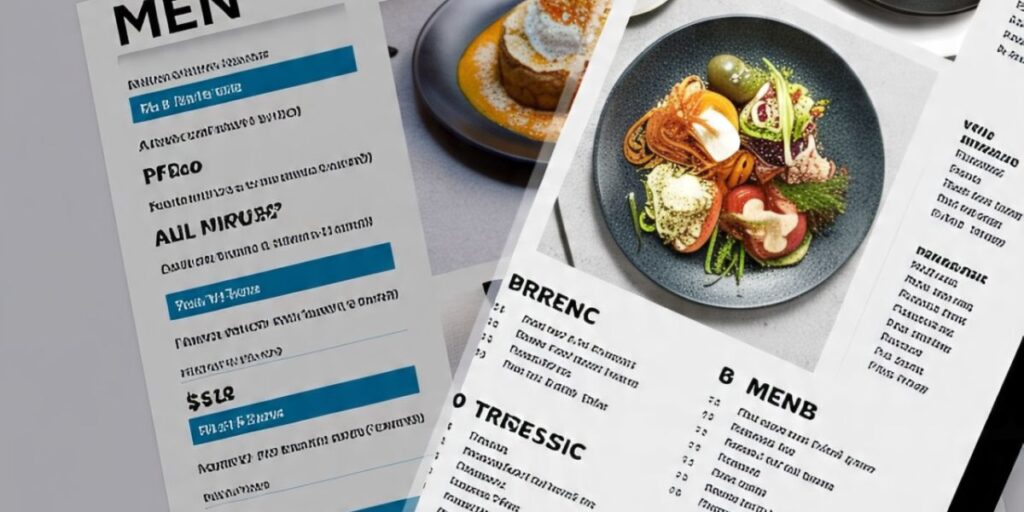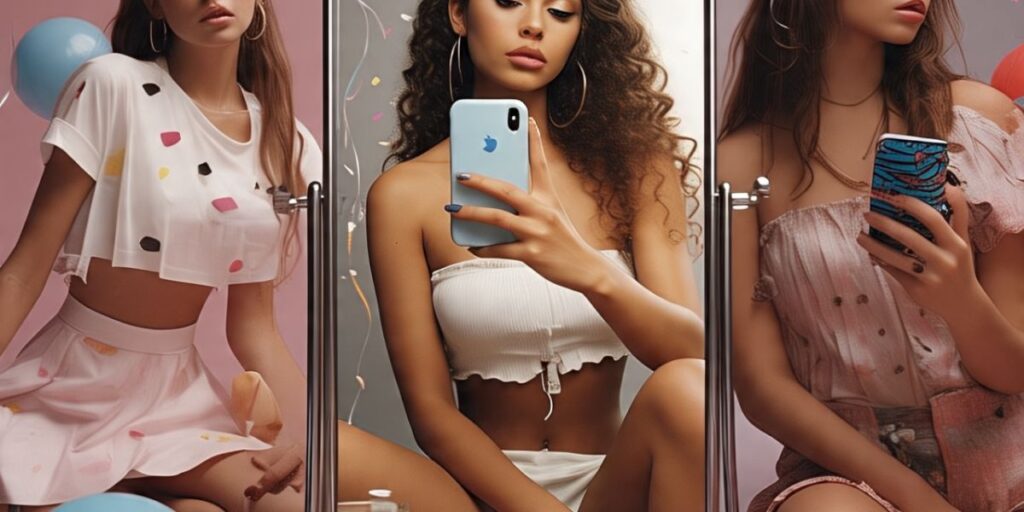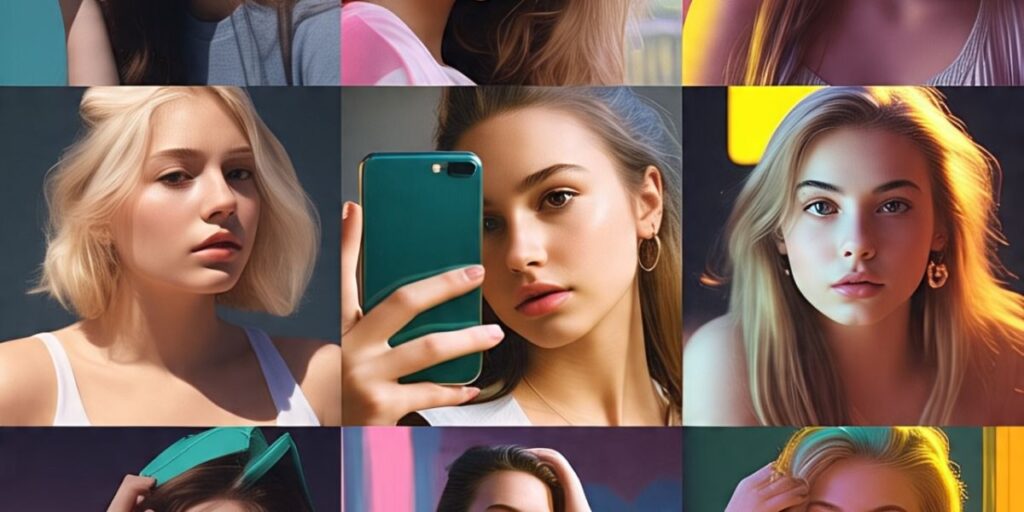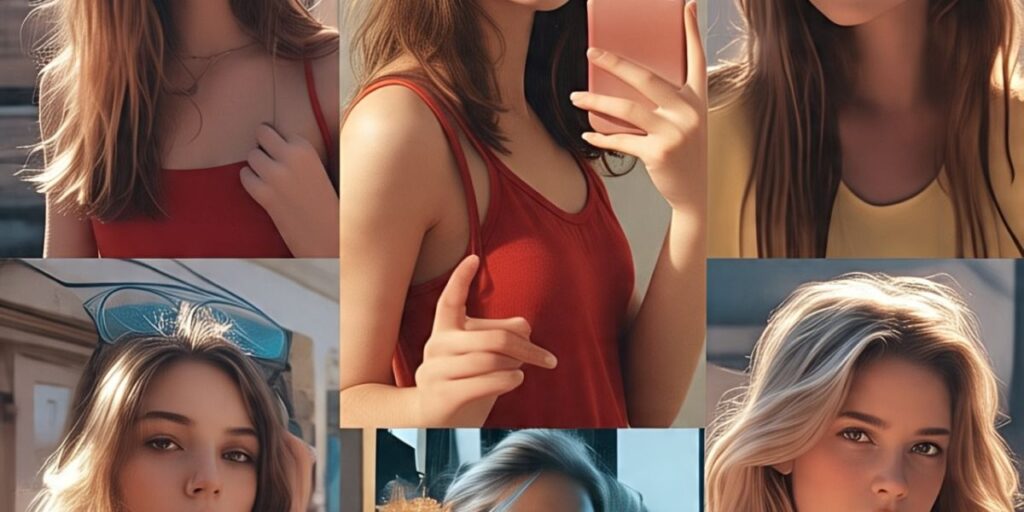Editing Used to Be a Grind… Now It’s a Conversation
Remember the old days of video editing? You’d sit hunched over your laptop, eyes glued to a chaotic timeline, dragging tiny clips back and forth like you were defusing a bomb. Hours went by, and all you had was a 30-second clip that still didn’t feel right.

Fast forward to 2025, and that grind is looking more like an optional hobby than a necessary evil. AI video editors aren’t just speeding up the process — they’re flipping the whole idea of editing on its head. Instead of wrestling with layers and keyframes, you’re talking to a tool: “Hey, trim the boring bits, add some upbeat background music, and give me captions.” Seconds later… done.
It’s a little surreal. And honestly? Pretty addictive once you get used to it.
So, What Exactly Is an AI Video Editor?
In the simplest terms, an AI video editor is like having a hyper-efficient production assistant who never sleeps, doesn’t complain, and has watched every single tutorial on YouTube.
Traditional editing tools like Adobe Premiere Pro or Final Cut Pro give you raw control over every pixel, but they expect you to do the heavy lifting. AI tools? They watch your footage, analyze it like a detective scanning a crime scene, and make creative decisions for you — trimming pauses, adding smooth transitions, balancing audio, even suggesting the “best” clip moments.
Think of it as the difference between driving a manual car and riding in a self-driving one. You can still take the wheel if you want, but you don’t have to.
Why They’re Suddenly Everywhere
The sudden explosion of AI video editors isn’t random — it’s a perfect storm of tech, culture, and economics.
1. Smarter AI models. Machine learning has come a long way. These editors now recognize emotions in speech, detect scene changes, and understand pacing like a seasoned filmmaker.
2. Creator culture boom. TikTok, Instagram Reels, and YouTube Shorts turned the internet into a giant talent show. But short-form video needs fast, frequent output. If you’re posting three times a day, you’re not spending eight hours per clip.
3. Lower costs. A decade ago, you either paid a freelancer or invested in pricey software. Now? Some AI tools are free, or they cost less than your monthly streaming subscription.
Combine those three, and suddenly everyone from gamers to fitness coaches is editing like a pro without touching a complicated timeline.
Everyday Uses You Might Not Expect
Sure, AI video editors are a godsend for influencers, but that’s just scratching the surface. People are finding creative ways to use them in situations that don’t even feel like “video editing.”
- Gaming Highlights: Streamers clip their best plays automatically. No more scrubbing through 4-hour streams just to find a 10-second sniper shot.
- Fitness Tutorials: Trainers film a workout, and AI instantly cuts it into Instagram-friendly clips with rep counters.
- Wedding Films: Imagine a wedding video edited and ready before the reception is over. That’s starting to happen.
- Cooking Content: You record a 40-minute kitchen session, and AI turns it into a snappy 60-second recipe reel — captions, upbeat music, and all.
The versatility is almost annoying… in the sense that it makes you wonder why you ever did it the old way.
The Current Heavy-Hitters
If you’re wondering where to start, here are a few names making serious waves right now:
1. Runway – Known for its “magic tools” like instant background removal and text-to-video generation. Great for social media creatives who want visual tricks without learning After Effects.
2. Pictory – Takes a blog post, turns it into a narrated video with stock footage, and adds captions. Feels like cheating… in the best way possible.
3. Descript – lets you edit a video by editing its transcript. Delete a sentence from the text, and it disappears from the video. Creepy-smart.
4. CapCut – Owned by ByteDance (TikTok’s parent company), CapCut is loaded with trendy effects, templates, and transitions. Perfect for short-form content.
Each has its quirks. Runway can feel “too AI” if you lean on it heavily. CapCut’s templates risk making your videos look like everyone else’s. Descript can misinterpret speech if your audio is messy. But hey — nothing’s perfect, not even AI.
The Good Stuff – Why People Swear by Them

Let’s not overcomplicate it: the main reason people love AI video editors is speed. Editing that used to take three hours now takes fifteen minutes.
But it’s more than just time saved:
- Accessibility: No need to study editing theory before your first upload.
- Creative freedom: AI handles the boring bits, so you can focus on color grading, storytelling, or just having fun.
- Consistency: Perfect for brands or content creators who want every video to have the same “look” without manually adjusting each clip.
It’s like meal prepping for your content — you get more done with less stress.
The Limitations Nobody Talks About
Now, here’s where I throw a little cold water on the hype.
AI is brilliant at predictable, structured tasks. But real art? The stuff that hits you in the chest? That still needs a human touch.
- Template fatigue: If 100 people use the same trending effect, they all blend.
- Context blind spots: AI can’t always tell when a “boring” moment is a crucial emotional beat.
- Data concerns: Some AI tools process your footage on their servers. If you’re making sensitive or private content, that’s a red flag.
So yeah — AI’s amazing, but if you want personality, you can’t go 100% autopilot.
How to Get the Most Out of an AI Video Editor
Here’s the thing: AI video editors are tools, not replacements. The sweet spot is using them to accelerate your work, not define it.
Tips:
- Start with a story in mind. Even if you’re making memes, know your beginning, middle, and end. AI can’t invent your vision.
- Customize templates heavily. Change fonts, swap music, tweak pacing — make it yours.
- Do a final human pass. Watch your edit all the way through and add your flourishes.
Think of AI as your sous-chef. It preps the ingredients, but you still season to taste.
Where This Tech is Headed
The fun (and slightly scary) part? We’re nowhere near the ceiling.
In the next few years, expect:
- Real-time editing: Imagine streaming a gaming session where highlights are auto-clipped and uploaded mid-match.
- Deeper personalization: AI could learn your style so well that it matches your past work without instructions.
- Voice and face synthesis: Yes, that’s as controversial as it sounds — perfect for dubbing, risky for authenticity.
At some point, the line between “creator” and “director of AI” is going to blur. And that’s a debate we’re only just starting.
Final Take – Why It Matters
Here’s the thing — whether you’re a YouTuber, a small business owner, or just the guy in the group chat who always makes the funniest meme edits, AI video editors are changing the game. They’re not a fad; they’re the new baseline.
The real win isn’t that they replace human creativity. It’s that they give you back the one thing you can’t buy: time. Time to film more, experiment more, live more.
And maybe, just maybe, time to finally finish that project you’ve been “working on” for three years.





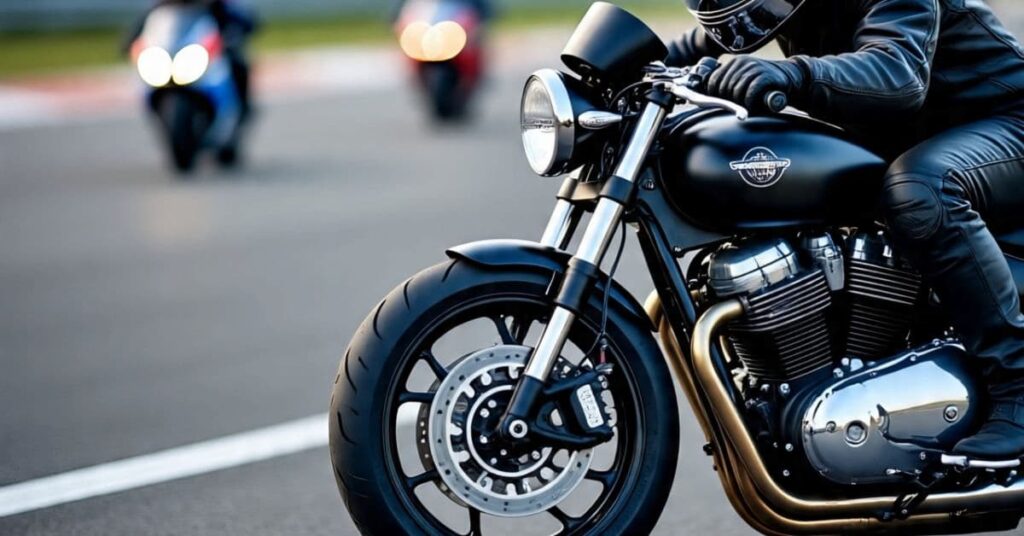



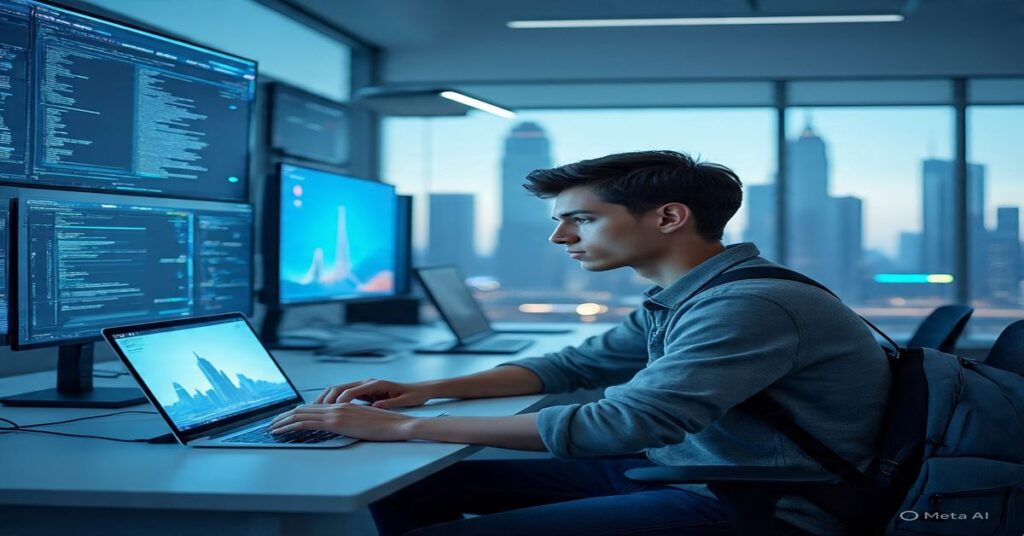
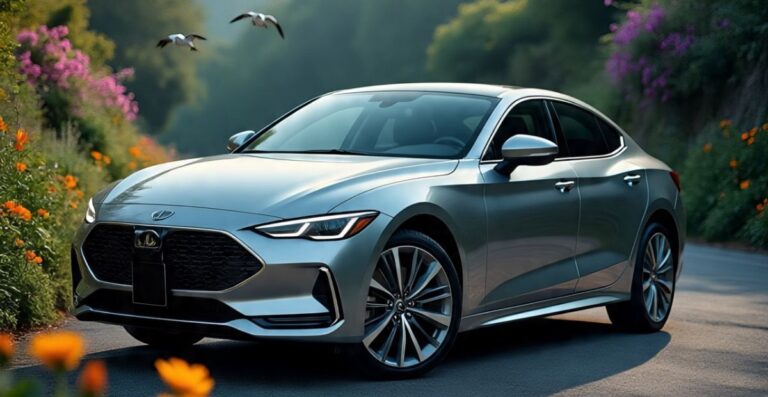
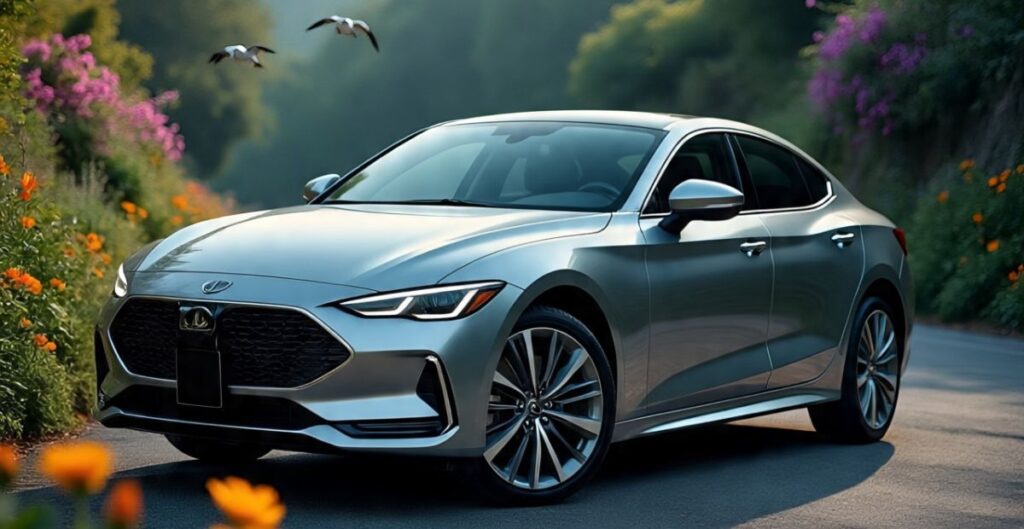
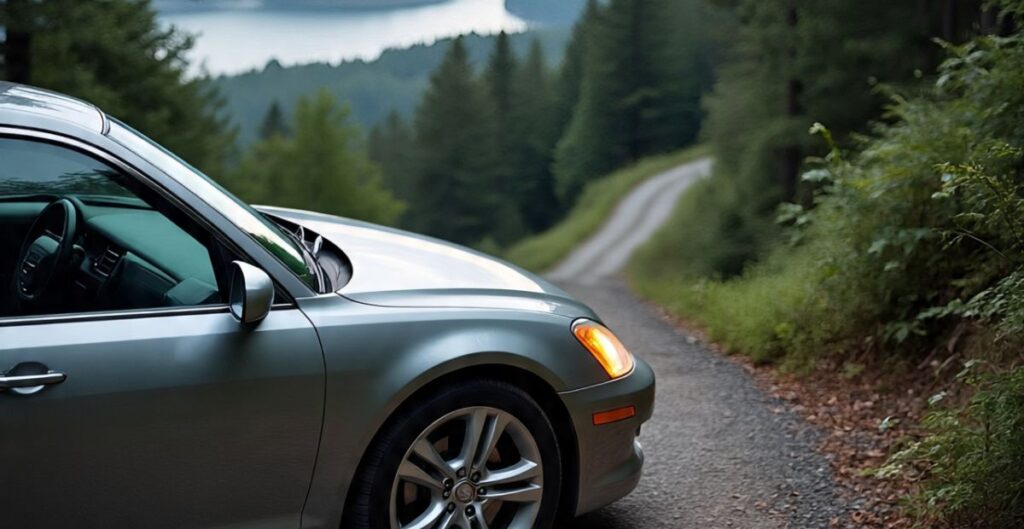

 Latest FeedBuzzard.com: The Pulse of What Young Men Care About in 2025
Latest FeedBuzzard.com: The Pulse of What Young Men Care About in 2025 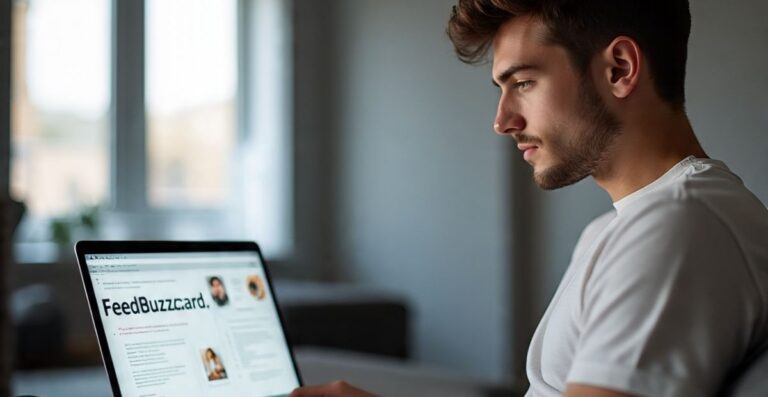

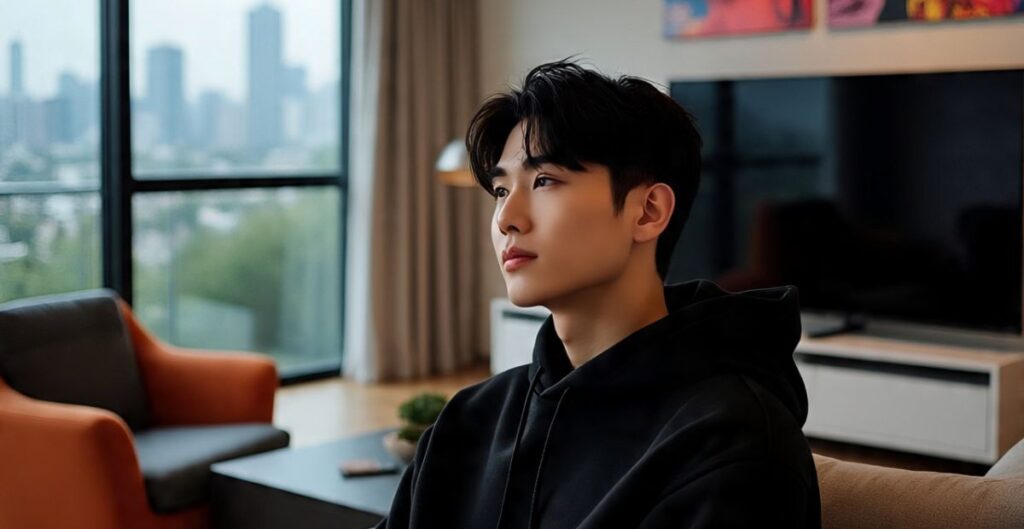
 Final Thoughts: The Chaos We Click
Final Thoughts: The Chaos We Click

 First Things First—Is Swig Really That “Dirty”?
First Things First—Is Swig Really That “Dirty”?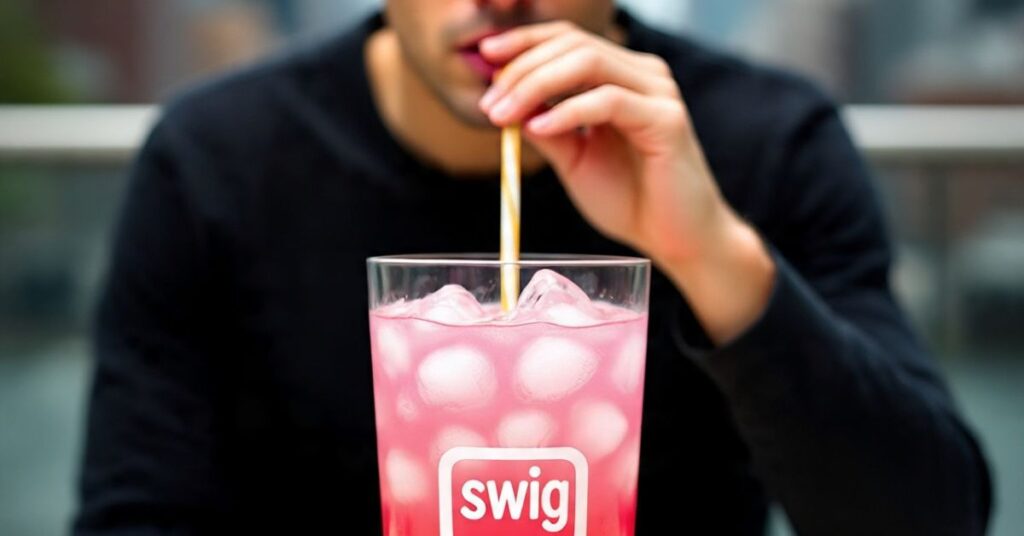
 The Calories? More Than You Bargained For
The Calories? More Than You Bargained For Sugar Bombs: The Quiet Danger in Swig’s Mixes
Sugar Bombs: The Quiet Danger in Swig’s Mixes Where’s the Transparency? Why Swig’s Labels Leave Us Guessing
Where’s the Transparency? Why Swig’s Labels Leave Us Guessing Want to Keep Sippin’? Here’s the Good News: There Are Healthier Swig Options
Want to Keep Sippin’? Here’s the Good News: There Are Healthier Swig Options Small Tweaks, Big Wins: Customizing Your Swig for Better Nutrition
Small Tweaks, Big Wins: Customizing Your Swig for Better Nutrition Swig for Keto Bros, Vegans, and Diabetics? Yes, It’s Possible
Swig for Keto Bros, Vegans, and Diabetics? Yes, It’s Possible Dirty Soda DIY? Absolutely—And You’re In Control
Dirty Soda DIY? Absolutely—And You’re In Control
 Final Sip: Balance the Buzz with Awareness
Final Sip: Balance the Buzz with Awareness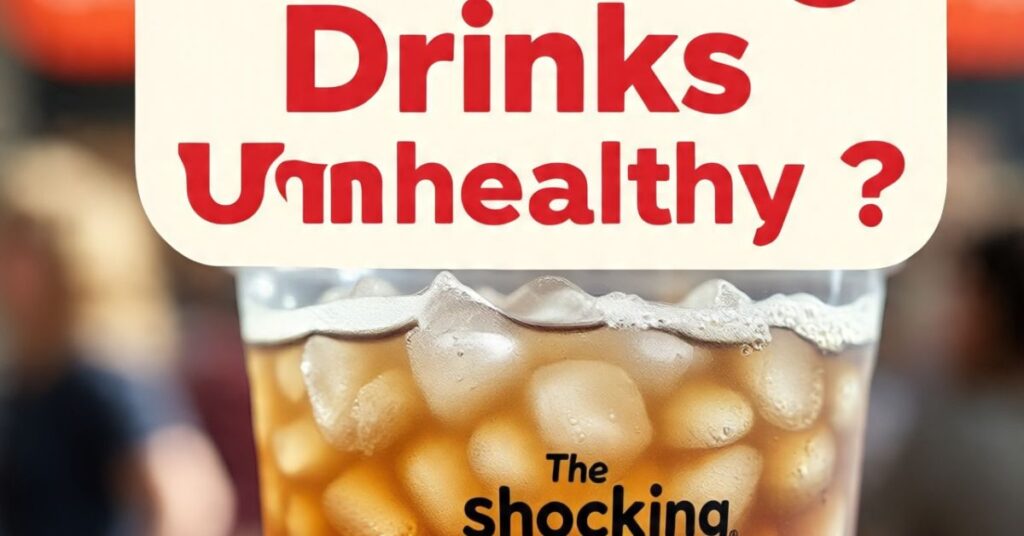
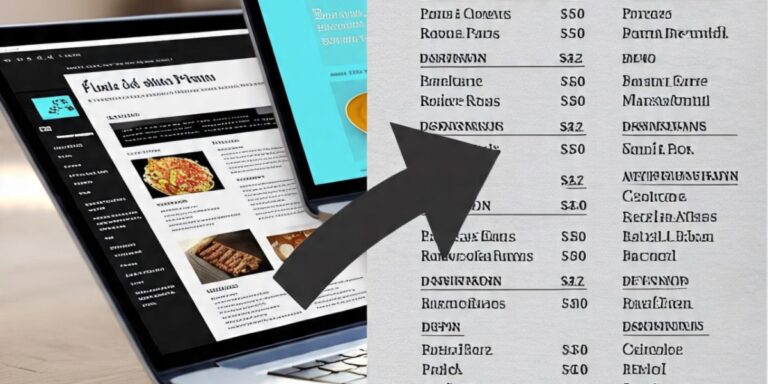

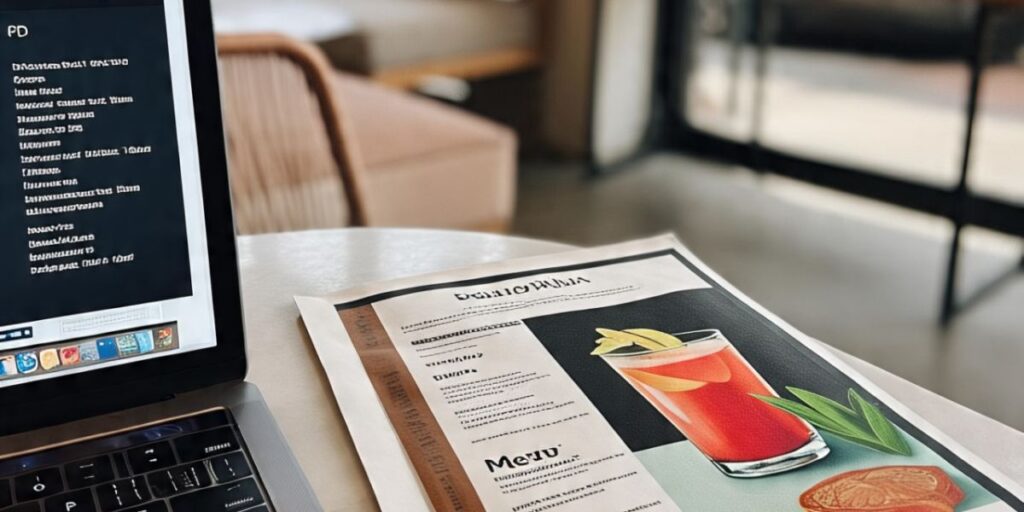
 ).
).